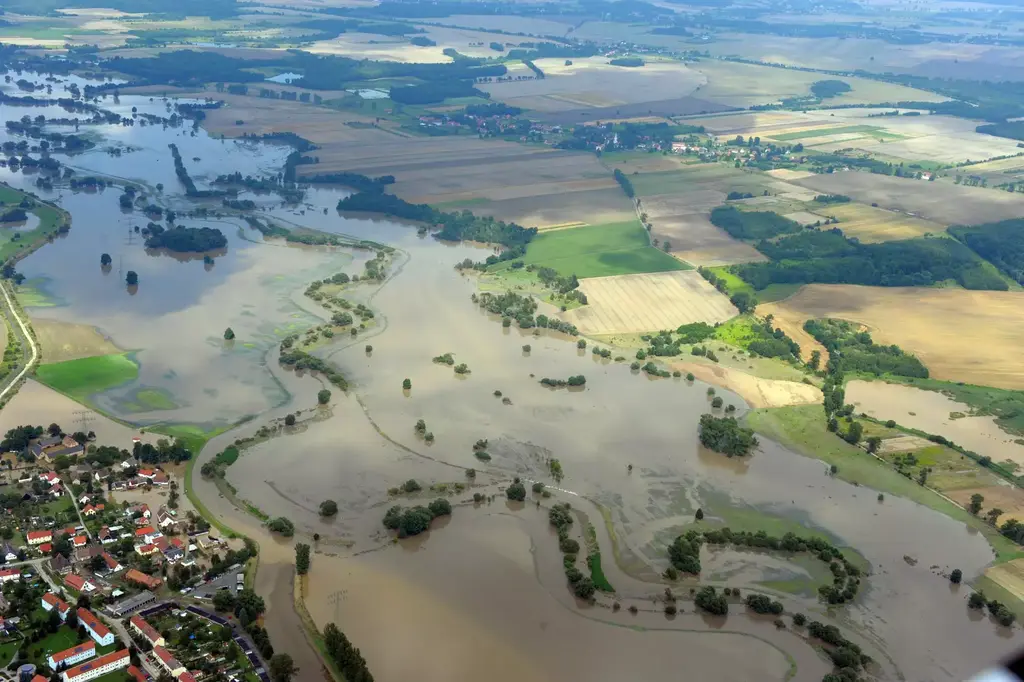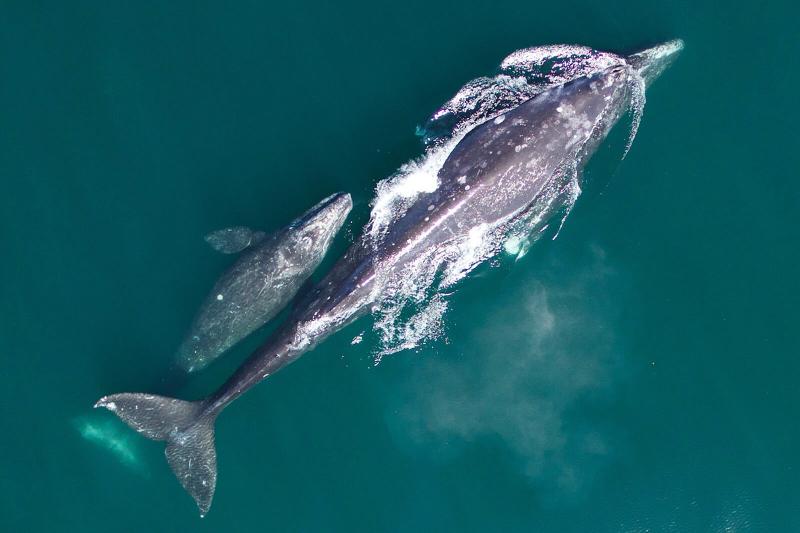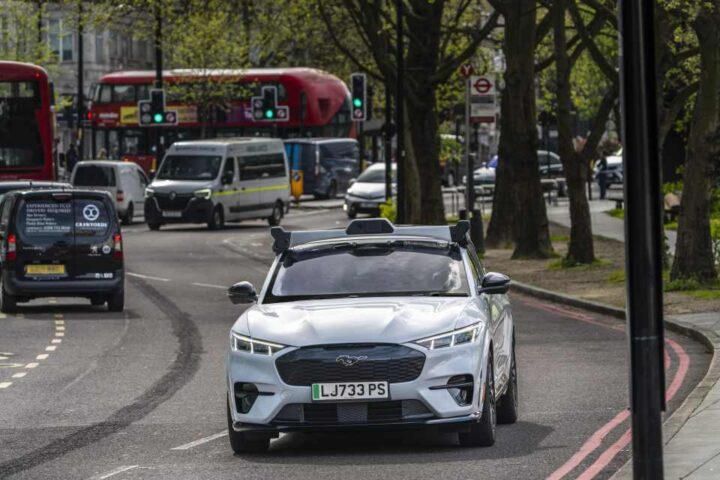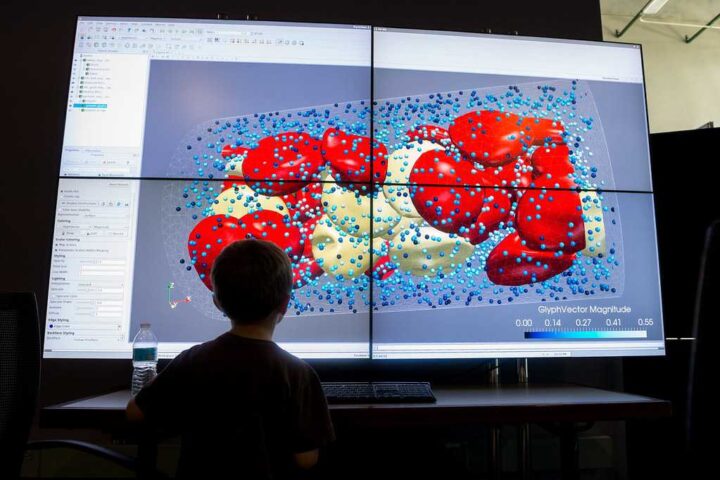Europe’s weather turned deadly in 2024. Southeast Europe sweltered through its longest heatwave on record while other regions experienced the worst floods since 2013. These floods killed 335 people, affected 413,000 others, and caused €18 billion in damage. Storm Boris hit eight Central and Eastern European countries in September, and Valencia faced record rainfall in October.
Weather patterns can have surprisingly different effects depending on location. In 2021, heavy rain created a deadly flood disaster in Germany’s Ahr valley, causing billions in damage. That same rainfall pattern brought much-needed moisture to Brandenburg’s dry sandy soils. This stark contrast shows why we need more than just weather forecasts – we need to know exactly what will happen when extreme weather hits specific areas.
Scientists at the Max Planck Institute for Biogeochemistry are tackling this problem with artificial intelligence. Markus Reichstein and Vitus Benson lead a team developing AI systems that predict not just storms or droughts, but their actual impacts on different communities.
“Early warning systems are usually designed for short-term periods of weeks to a few months to enable acute protective measures,” Reichstein says. “But we should also think strategically about early warning systems over longer periods of time – from several years to decades – in order to plan and implement far-reaching preventive measures.”
Similar Posts
The technology works by analyzing massive amounts of data from satellites and other sources. It examines soil conditions, plant cover, and land features to predict damage with remarkable detail – down to 20-meter resolution, precise enough for individual fields or gardens.
When heavy rain threatens, the AI can tell which areas might flood based on what happened during similar weather in places with comparable geography. This helps disaster teams focus resources where they’re needed most before catastrophe strikes. Reichstein’s team already predicts drought impacts well, while other researchers are creating algorithms for rainfall effects.
Building effective warning systems isn’t just about technology. “It is just as important to incorporate findings from communication science and psychology so that warnings are understood, taken seriously and translated into effective action – both individually and politically,” Reichstein explains.
The system they envision has six parts: measuring weather impacts with high precision, making accurate forecasts, predicting ecological and economic effects, and developing communication methods that make people take warnings seriously. AI helps both predict dangers and communicate them effectively.

One major hurdle remains: creating AI that understands why things happen, not just spotting patterns. Benson explains: “For an AI early warning system to be able to predict something like [an extreme drought], it can’t just generalize… it has to refer to the physical causes, such as the general weather situation.”
The team aims to create a warning app anyone can use. “Early warning messages are often still rather general, especially in the Global South. Our developments are intended to democratize access and make even small-scale information available to everyone,” says Benson.
As climate change makes extreme weather more common, these AI warning systems could help communities prepare better – potentially saving lives, homes, and livelihoods in the process.


















